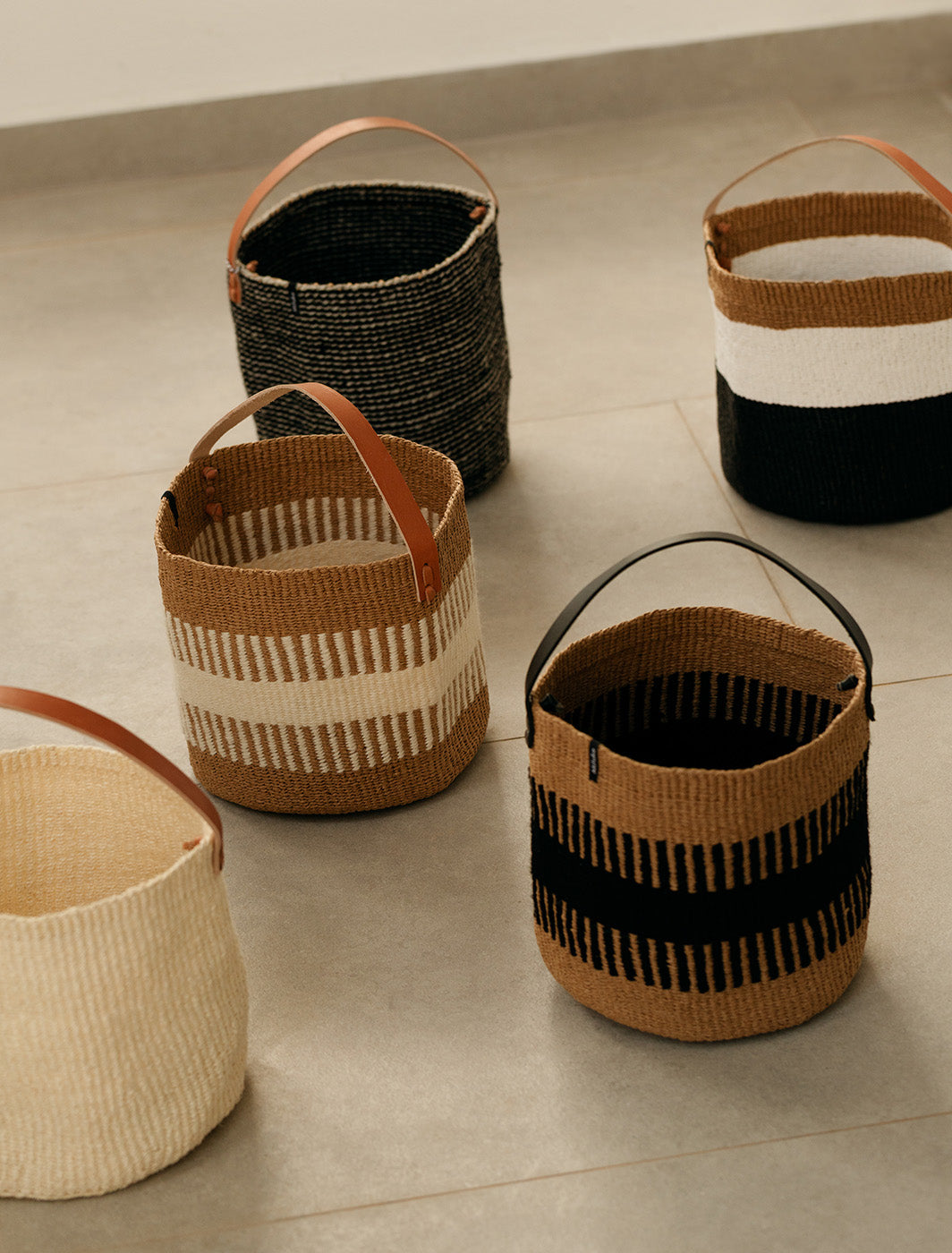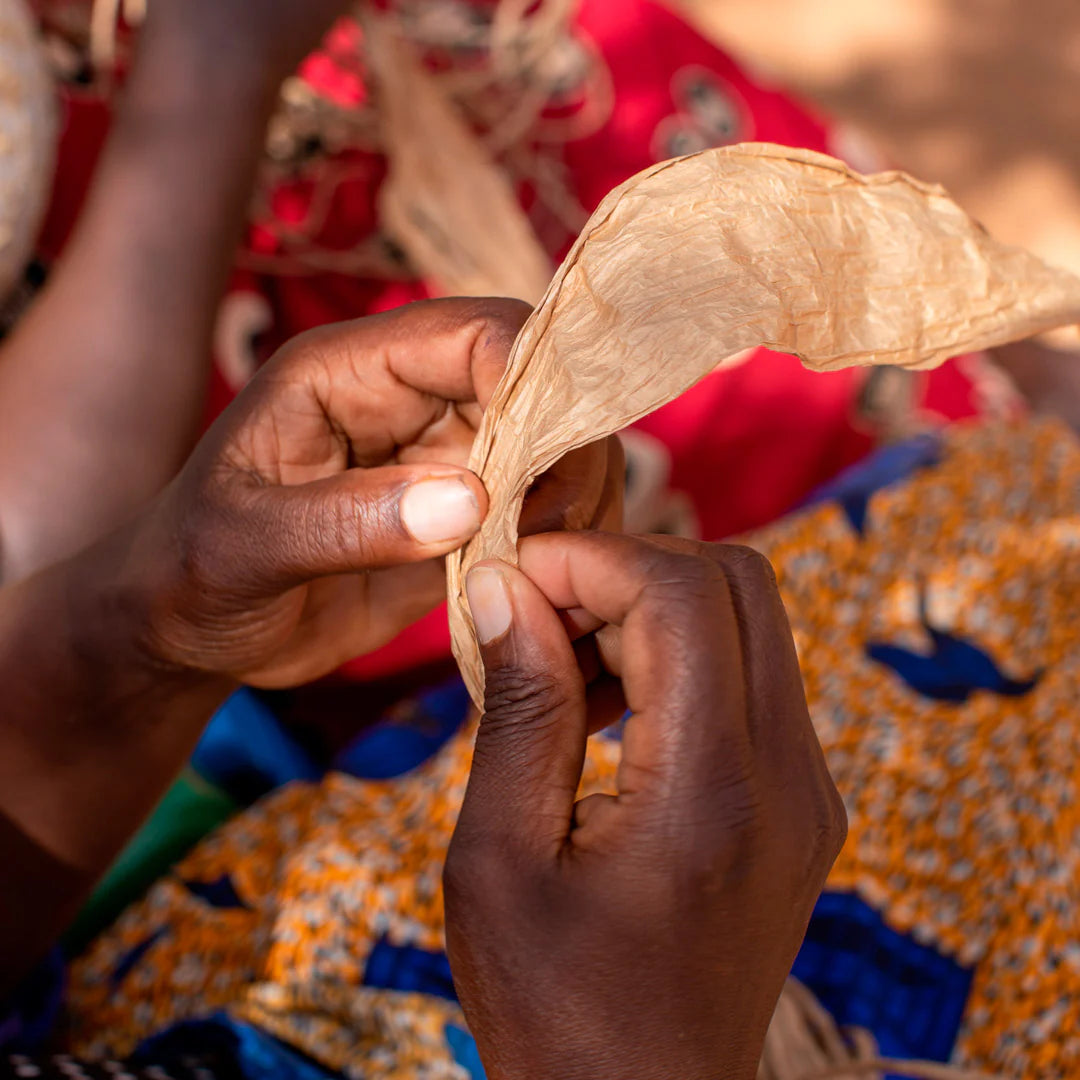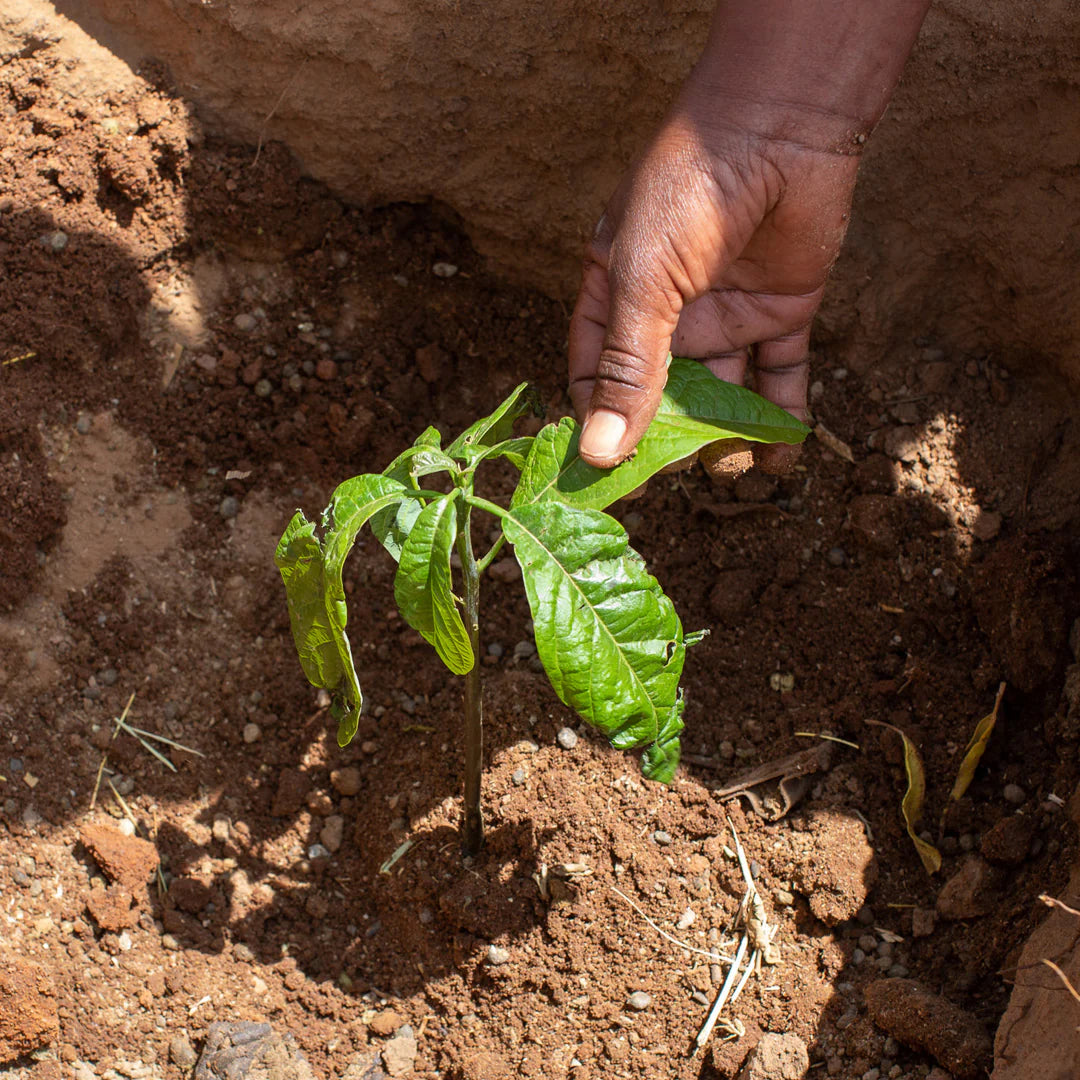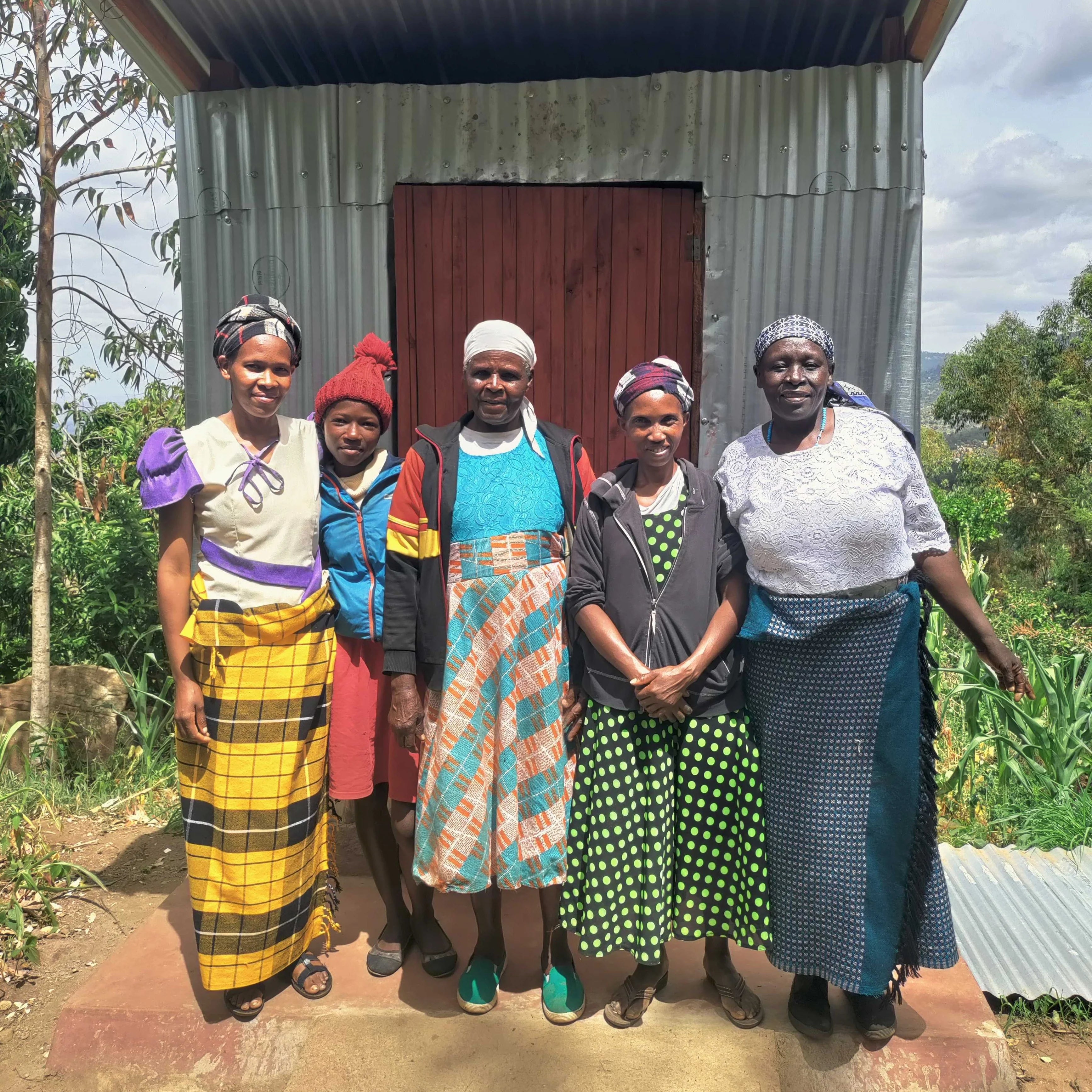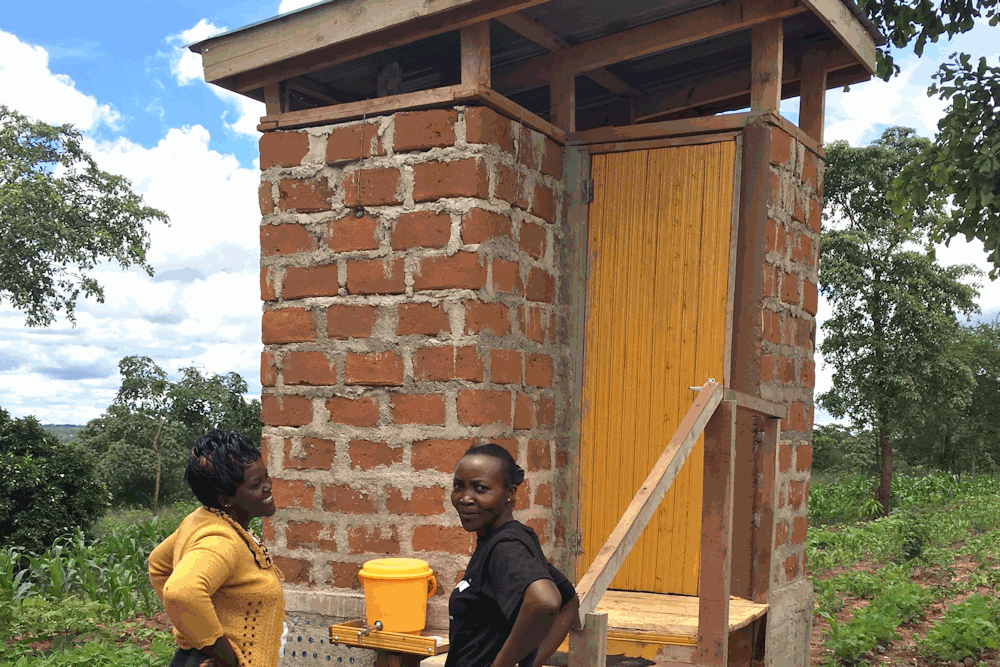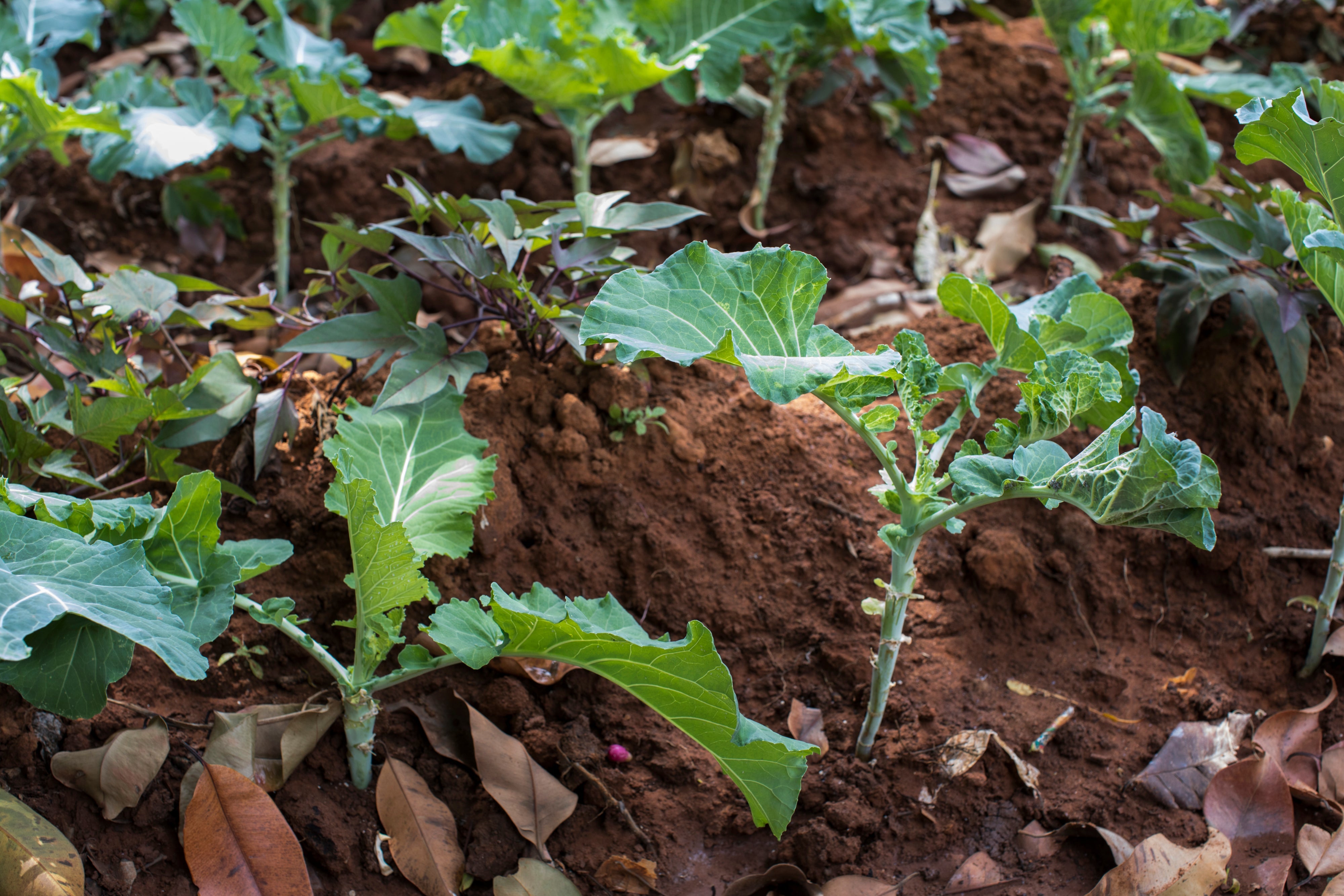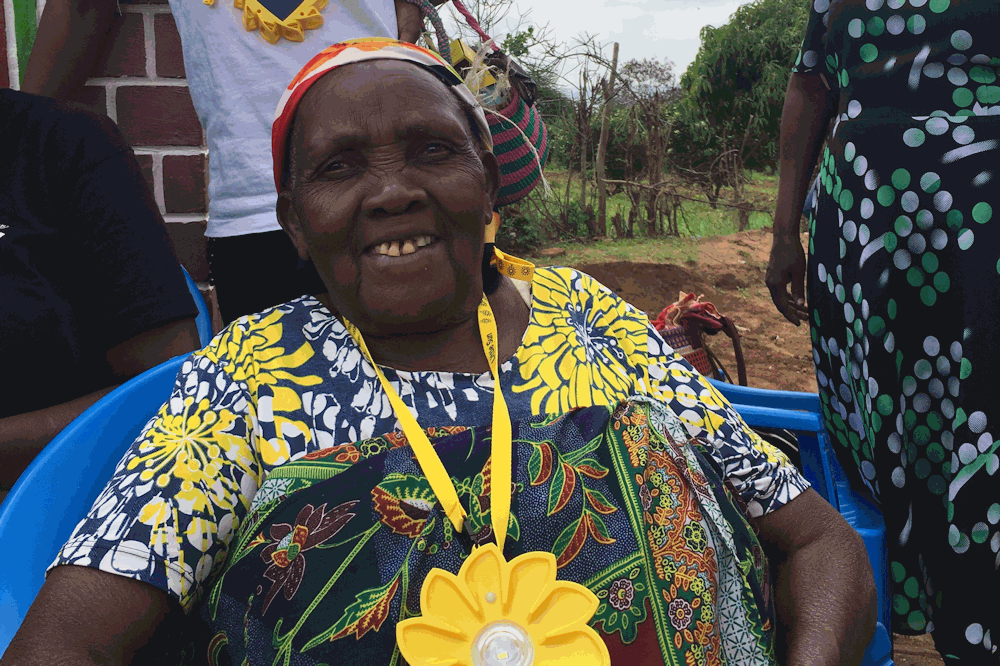The first pilot latrine for the Mifuko ecological sanitation project has been finished, and the project team is eagerly waiting for feedback from the users.
The construction of the entire latrine building lasted around two weeks and required the shared effort of the entire planning and construction team (the children of the family were also very eager to participate and of great help). The preparation of construction materials began with the filling of the hundreds of recycled plastic bottles with sand, in which the local women’s group also participated. Jane Mutala’s family, on whose plot the first latrine was constructed, also prepared and burned the bricks for the latrine walls.
The foundation for the structure was made from local quarry stones and a cement slab, and the rest of the foundations including the latrine chambers were made using the recycled bottle wall technique, where the sand-filled plastic bottles are laid in rows (a little like bricks) and bound together with layers of mortar and nylon rope to create a hive-like structure. The bottle walls were then plastered while leaving the blue bottle caps visible. A concrete slab with the openings for a ventilation pipe, fecal holes and pipes for urine and washing water was then cast on top of the bottle foundation and left to cure. A carefully molded toilet area/user interface was later cast around the pipes and openings. The latrine walls and stairs were made using locally burned bricks and roof structure and latrine floor were made from timber. Hand washing station and grey water filtering area were added as final touches.
When the latrine is in operation, one of the two toilet chambers will be in use while the other is left to compost. The composting process will take around one year, after which the chamber can be emptied and compost is ready to be used on the fields. The diverting user interface of this latrine model also separates all of the urine and directs it into separate canisters, in which the urine needs to sit for around 1 month to effectively dispose of any possible pathogens, after which it may be diluted and used as a very effective and ecological fertilizer.
The construction process of this first latrine included a lot of creative problem solving and taught the entire construction team some new skills. Things that were learned during construction and feedback that will be received from the first group of users will be used to improve the plan and operation of the future ecological toilets to be built in the area.
The construction of the entire latrine building lasted around two weeks and required the shared effort of the entire planning and construction team (the children of the family were also very eager to participate and of great help). The preparation of construction materials began with the filling of the hundreds of recycled plastic bottles with sand, in which the local women’s group also participated. Jane Mutala’s family, on whose plot the first latrine was constructed, also prepared and burned the bricks for the latrine walls.
The foundation for the structure was made from local quarry stones and a cement slab, and the rest of the foundations including the latrine chambers were made using the recycled bottle wall technique, where the sand-filled plastic bottles are laid in rows (a little like bricks) and bound together with layers of mortar and nylon rope to create a hive-like structure. The bottle walls were then plastered while leaving the blue bottle caps visible. A concrete slab with the openings for a ventilation pipe, fecal holes and pipes for urine and washing water was then cast on top of the bottle foundation and left to cure. A carefully molded toilet area/user interface was later cast around the pipes and openings. The latrine walls and stairs were made using locally burned bricks and roof structure and latrine floor were made from timber. Hand washing station and grey water filtering area were added as final touches.
When the latrine is in operation, one of the two toilet chambers will be in use while the other is left to compost. The composting process will take around one year, after which the chamber can be emptied and compost is ready to be used on the fields. The diverting user interface of this latrine model also separates all of the urine and directs it into separate canisters, in which the urine needs to sit for around 1 month to effectively dispose of any possible pathogens, after which it may be diluted and used as a very effective and ecological fertilizer.
The construction process of this first latrine included a lot of creative problem solving and taught the entire construction team some new skills. Things that were learned during construction and feedback that will be received from the first group of users will be used to improve the plan and operation of the future ecological toilets to be built in the area.

